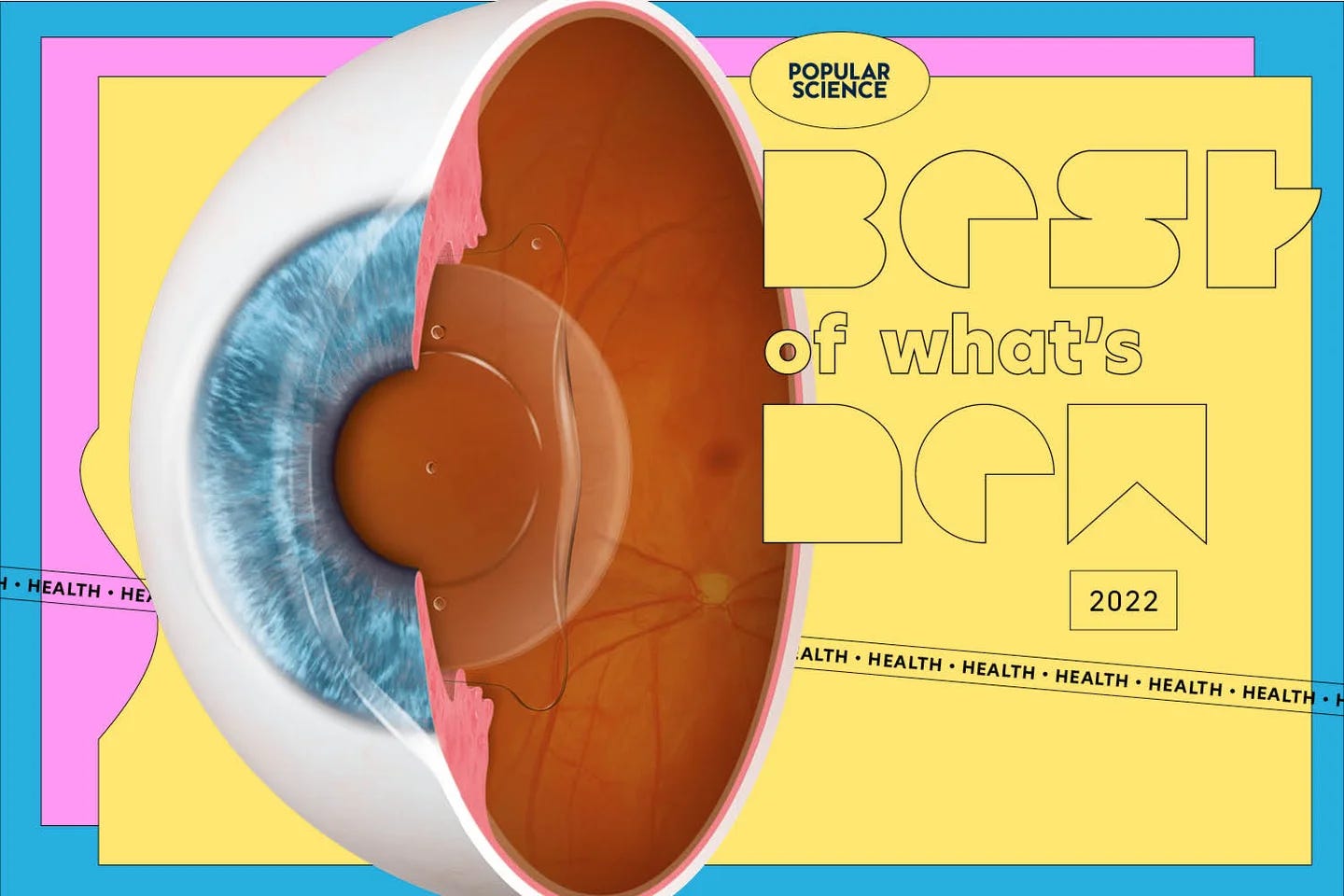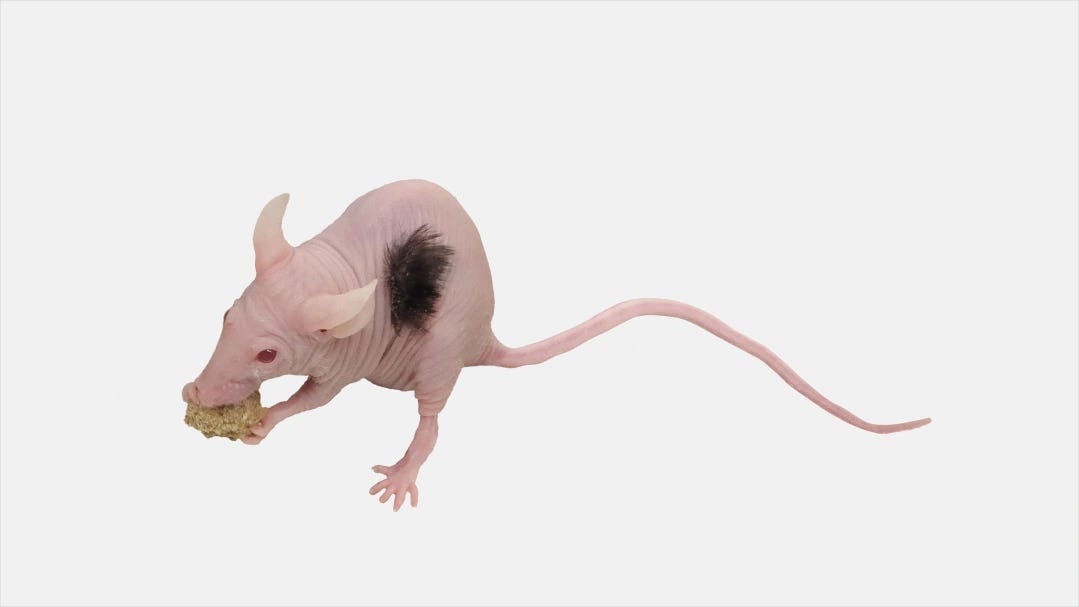Sci-Ed Update 238
Are chatbots poised to take over the world of education? Maybe. Read more in this issue of your favorite source of science and education news for anatomy & physiology faculty.
A switch in your brain could be responsible for making you feel hotter or colder (Credits: Getty Images)
Brain ‘switch’ that controls body temperature identified by scientists
It lies in the POA (preoptic area of the hypothalamamus) – and acts much like a thermostat in your home.
The region contains a group of cells known as EP3 neurons. In healthy individuals they respond to stimuli to keep the body within one or two degrees of 37°C (98.6F).
The discovery opens the door to developing therapies that adjust heat – combating stroke, hypothermia and obesity.
Read more→ AandP.info/gzf
Gregor Johann Mendel (1822 - 1884) the priest and botanist whose work laid the foundation of the study of genetics. Hulton Archive/Getty Images/ Max Posner/NPR
Why scientists dug up the father of genetics, Gregor Mendel, and analyzed his DNA
Sequencing his DNA revealed genetic variants linked to diabetes, heart problems, and kidney disease. The variant that most intrigued Fairbanks was in a gene that has been associated with epilepsy and neurological issues.
"He suffered throughout his life from some sort of a psychological or neurological disorder that caused him to have very severe nervous breakdowns," says Fairbanks. "That may well have been an inherited condition – and that was a fascinating discovery that these scientists made."
Read more→ AandP.info/7lo
As many as 20% of children worldwide are estimated to suffer from dental enamel defects, a poorly understood condition that researchers in Brazil think may be linked to anti-inflammatory drugs. (Image: BeautifulPicture/ Shutterstock)
Enamel hypomineralisation: Study points to anti‑inflammatory drugs commonly used in children
Dental enamel defects (DEDs) are estimated to affect around 20% of children worldwide, and instances such as the fracturing of children’s teeth as a result of mastication are of great concern to clinicians. A recent study conducted by researchers at the University of São Paulo has found that anti-inflammatory drugs commonly prescribed to children may be associated with the poorly understood condition.
Read more→ AandP.info/m1l
10 Biggest Weight Loss Myths You’re Still Hearing in 2022, According to Experts
It’s time to embrace fat and carbs, people.
Losing weight is tough under the best circumstances, but it can be especially tricky when you’ve got “do this” and “do that” advice coming at you from all angles. Whether you’re digging through the internet or talking to friends, it can be tough to separate fact from fiction, especially because weight loss is so dependent on individual needs and goals.
So, to make getting started a bit easier, we went to experts to debunk the fear around fat, your desire to ditch gluten, and whether or not breakfast really is the most important meal of the day. Here, the biggest weight loss “rules” you should stop believing ASAP.
KP: this is from an article a few years old, but it’s been republished because, um, these myths are still widespread. Among medical professionals. And among A&P faculty!
Read more→ AandP.info/hho
What it's like to dissect a cadaver
I wondered if non-medical students could watch dissections. You can't get more information about an object than by directly interacting with it. The concrete world contains the abstract one. I even asked my doctor at a physical if she knew of any, and she said to look at community colleges.
After some searching, I found this: Bio 848NV. Forget viewing the dissection, you're doing the dissection. 5 hour dissection for $60, free if you just watch. The only bureaucratic hangup is that you must pay by check. Here is the latest flyer.
This is why I love the Bay Area: there's stuff like this and you can just do it. yes it's weird no they can't stop you. The boundary between scientist and serial killer is paper thin sometimes.
Read more→ AandP.info/5ou
Update Your Course Syllabus for chatGPT
Ready or not, chatGPT (the newest version of OpenAI’s impressive AI technologies) is now in your classroom. It can write papers, essays, and poems. It can create art and write computer code in many languages. This is not however the time to panic; it is the time to focus on the value you offer students as their instructor.
[Included] are some easy to implement suggestions that will help you prepare for the upcoming semester.
KP: I’ll be chatting about the chatbot phenomenon in an upcoming podcast episode. But this article has some good advice, whether chatbots are poised to take over the world or not.
Read more→ AandP.info/k9q
Episode 47 includes a segment titled Teachers vs. Robots | AI in Teaching that sets the stage for the feared attack on education by chatbots. And there’s other good stuff in that episode, too!
To listen, click the player (if visible) or use the player in your regular podcast source or on the episode page at theapprofessor.org/podcast-episode-47.html
The most powerful health innovations of 2022
A clever way to grow a human ear, permanent lenses to correct vision, and more health innovations are the Best of What's New.
KP: One of the ubiquitous new-year’s roundup of big things from the past year—this one from Popular Science.
Read more→ AandP.info/01n
A hairless mouse sprouts a tuft of human hair following a transplant of follicle-forming stem cells. MS TECH | COURTESY PHOTO DNOVO
Going bald? Lab-grown hair cells could be on the way
These biotech companies are reprogramming cells to treat baldness, but it’s still early days.
Some researchers tell MIT Technology Review they are using the techniques to grow human hair cells in their labs and even on animals. A startup called dNovo sent us a photograph of a mouse sprouting a dense clump of human hair—the result of a transplant of what the company says are human hair stem cells.
Read more→ AandP.info/b3x
(designer491/istock/getty images plus)
Designing Professional Development Programs for Adjuncts
Given their large percentage of adjuncts, designing and providing professional development specifically for those faculty members is one of the most cost-effective investments that community colleges can make to assure effective instruction and increased student achievement. Simply put, when a college allocates resources and offers institutional support to adjunct faculty, the college is investing in the continued success of its students.
How can an institution best offer professional development for adjunct and other part-time faculty members?
KP: This article gives specific tips for institutions. I suppose that includes faculty associations interested in improving conditions for faculty.
Read more→ AandP.info/cls











